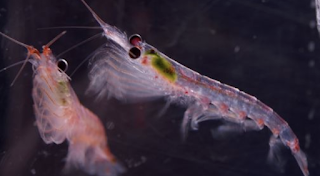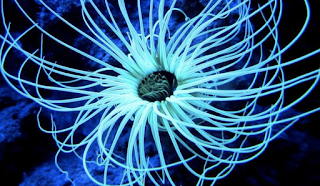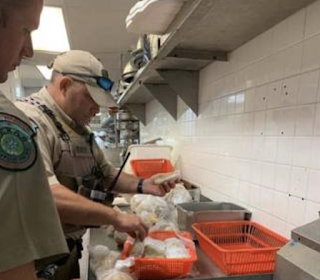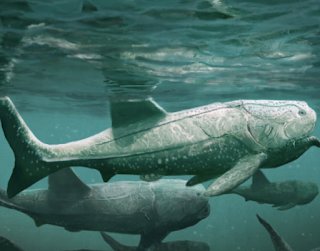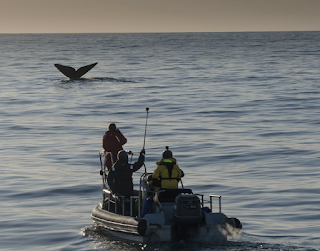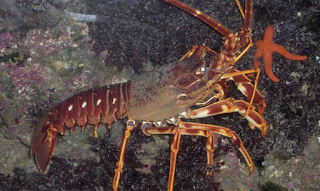Africa’s first pygmy seahorse, Coastal Antarctica is turning green, Shark fin soup in Texas restaurant, and more…
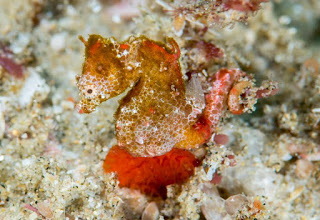 An international research team has discovered a new pygmy seahorse species in South Africa, the first of its kind on the continent. Seahorses have sparked the imagination of people across time and cultures, but even in the strange world of pregnant fathers with grasping tails, pygmy seahorses stand out as peculiar. They are so tiny and well camouflaged that seven of the eight known species have only been discovered since the year 2000.
An international research team has discovered a new pygmy seahorse species in South Africa, the first of its kind on the continent. Seahorses have sparked the imagination of people across time and cultures, but even in the strange world of pregnant fathers with grasping tails, pygmy seahorses stand out as peculiar. They are so tiny and well camouflaged that seven of the eight known species have only been discovered since the year 2000.
Read more from “University of Leeds”
2. New sensor ocean conditions – vertically
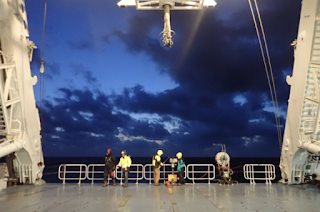 The motion of the ocean is often thought of in horizontal terms, for instance in the powerful currents that sweep around the planet, or the waves that ride in and out along a coastline. But there is also plenty of vertical motion, particularly in the open seas, where water from the deep can rise up, bringing nutrients to the upper ocean, while surface waters sink, sending dead organisms, along with oxygen and carbon, to the deep interior.
The motion of the ocean is often thought of in horizontal terms, for instance in the powerful currents that sweep around the planet, or the waves that ride in and out along a coastline. But there is also plenty of vertical motion, particularly in the open seas, where water from the deep can rise up, bringing nutrients to the upper ocean, while surface waters sink, sending dead organisms, along with oxygen and carbon, to the deep interior.3. Climate change will turn coastal Antarctica green
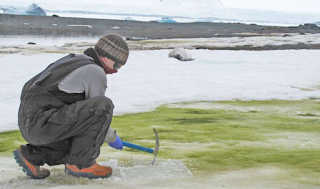
Scientists have created the first-ever large-scale map of microscopic algae as they bloomed across the surface of snow along the Antarctic Peninsula coast. Results indicate that this ‘green snow’ is likely to spread as global temperatures increase. The team, involving researchers from the University of Cambridge and the British Antarctic Survey, combined satellite data with on-the-ground observations over two summers in Antarctica to detect and measure the green snow algae. Although each individual alga is microscopic in size, when they grow en masse they turn the snow bright green and can be seen from space. The study is published today in the journal Nature Communications.
Read more in “University of Cambridge”
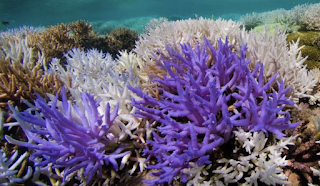
A new study by the University of Southampton has revealed why some corals exhibit a dazzling colorful display, instead of turning white, when they suffer ‘coral bleaching’ – a condition which can devastate reefs and is caused by ocean warming. The scientists behind the research think this phenomenon is a sign that corals are fighting to survive. Many coral animals live in a fragile, mutually beneficial relationship, a ‘symbiosis’ with tiny algae embedded in their cells. The algae gain shelter, carbon dioxide, and nutrients, while the corals receive photosynthetic products to fulfill their energy needs. If temperatures rise just 1 C above the usual summer maximum, this symbiosis breaks down; the algae are lost, the coral’s white limestone skeleton shines through its transparent tissue and a damaging process known as ‘coral bleaching’ occurs.
5. Ocean warming – Antarctic krill impact
Ocean warming is likely to alter the distribution and lifecycle of ecologically and commercially important Antarctic krill over the rest of this century, according to new IMAS-led research. Published in the journal Nature Climate Change, the study looked at how krill growth habitat is likely to be affected by changes to ocean temperatures and the concentration of the species’ preferred food, phytoplankton. The research team found there would be a moderate impact across 85 percent of the Southern Ocean, with krill expected to move further south and shifts in the time of year when conditions are most favorable.
The Monte Conca cave system on the island of Sicily is a vast system of springs and pools, sitting below a nature preserve. It might be presumed to be one of the few places untouched by human-driven pollution. But new research published by a University of South Florida microbiology and geoscience team has found that even below ground, the microbial communities in the pools of water in the Monte Conca cave show signs of being altered by pollution from above.
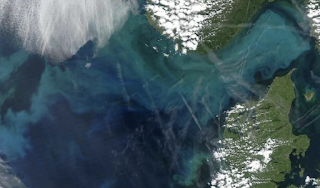
The ocean plays a major role in the global carbon cycle. The driving force comes from tiny plankton that produce organic carbon through photosynthesis, like plants on land. When plankton die or are consumed, a set of processes known as the biological carbon pump carries sinking particles of carbon from the surface to the deep ocean in a process known as marine snowfall. Naturalist and writer Rachel Carson called it the “most stupendous snowfall on Earth.” Some of this carbon is consumed by sea life, and a portion is chemically broken down. Much of it is carried to deep waters, where it can remain for hundreds to thousands of years. If the deep oceans didn’t store so much carbon, the Earth would be even warmer than it is today.
8. Coral reefs biodiversity increase immunity from ocean challenges
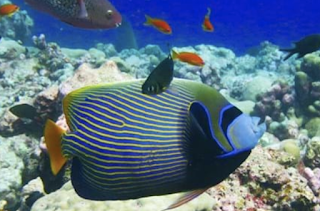 A new study reveals clear evidence highlighting the importance of fish biodiversity to the health of spectacular tropical coral reef ecosystems. This is the case for reefs that are pristine and also those that have been affected by stresses, such as bleaching events caused by warming oceans. However, the study’s results show that even though strong relationships between diversity and a healthy ecosystem persist, human-driven pressures of warming oceans and invasive species still diminish ecosystems.
A new study reveals clear evidence highlighting the importance of fish biodiversity to the health of spectacular tropical coral reef ecosystems. This is the case for reefs that are pristine and also those that have been affected by stresses, such as bleaching events caused by warming oceans. However, the study’s results show that even though strong relationships between diversity and a healthy ecosystem persist, human-driven pressures of warming oceans and invasive species still diminish ecosystems.
Texas game wardens scanning the internet spotted a restaurant’s menu offering that caught their eyes: shark fin and shredded chicken soup. It’s illegal to sell shark fin in the state. The game wardens went to the restaurant in Harris County and found frozen shark fins in a freezer, according to a news release. During their inspection, the owner led the game wardens to shark fin soup on a stove, telling them it was for personal consumption, officials said. Then a game warden found more shark fin in cellophane inside a freezer. “The owner again insisted that it was for personal consumption,” officials said. That’s when a game warden grabbed a menu from a table and pointed to the shark fin soup listed on it, officials said.
Scientists from the University of Bristol and the University of Zurich have shown that the Titanichthys — a giant armored fish that lived in the seas and oceans of the late Devonian period 380-million-years ago — fed in a similar manner to modern-day basking sharks. Titanichthys has long been known as one of the largest animals of the Devonian — its exact size is difficult to determine, but it likely exceeded five meters in length; like in the basking shark, its lower jaw reached lengths exceeding one meter. However, unlike its similarly giant contemporary Dunkleosteus, there is no previous evidence of how Titanichthys fed.
Scientists have discovered where a whale species that feeds around the sub-Antarctic island of South Georgia breeds during the winter months. This understanding of where the animals migrate from will enable conservation efforts for their recovery from years of whaling. The results are published this week (20 May 2020) in the Journal of Heredity. Southern right whales were hunted to near extinction after centuries of whaling. In the most comprehensive study of its kind, 30 researchers from 11 countries studied 15 skin samples from whales feeding around the sub-Antarctic island of South Georgia and compared them to 149 samples collected from around Argentina and Brazil and South Africa where the whales breed and give birth to their calves. New samples were collected from South Georgia during an expedition led by the British Antarctic Survey in 2018 and were combined with samples held by a network of collaborators across the globe.
Noises produced by European spiny lobsters—known as antennal rasps—may be detectable up to 3 kilometers underwater, according to a study in Scientific Reports. The sound, created when lobsters rub an extension of their antenna against a ‘file’ below their eyes, may be used for communication or to deter predators. Its detection could help conservation efforts, the study suggests.
———————————————–

